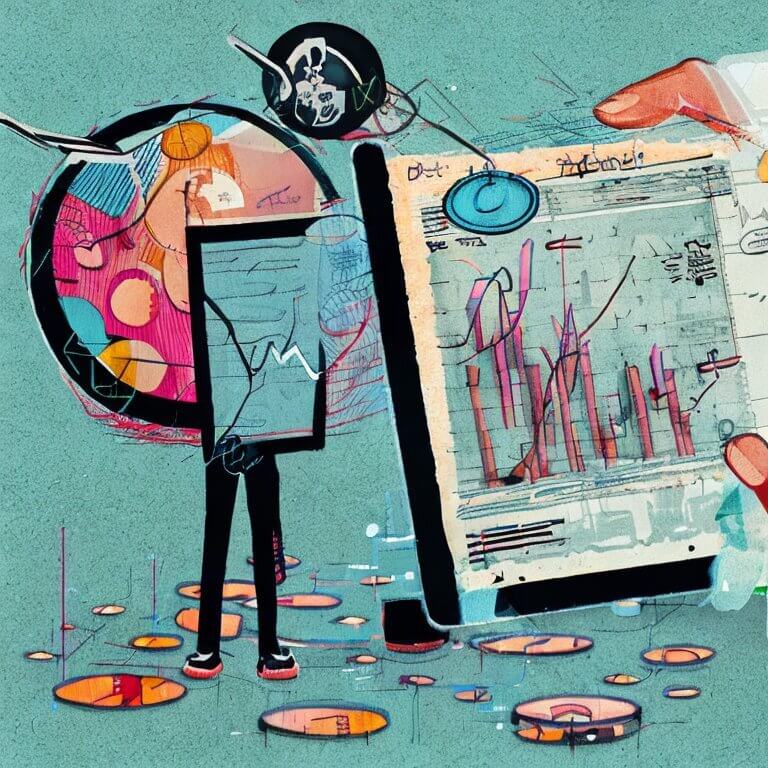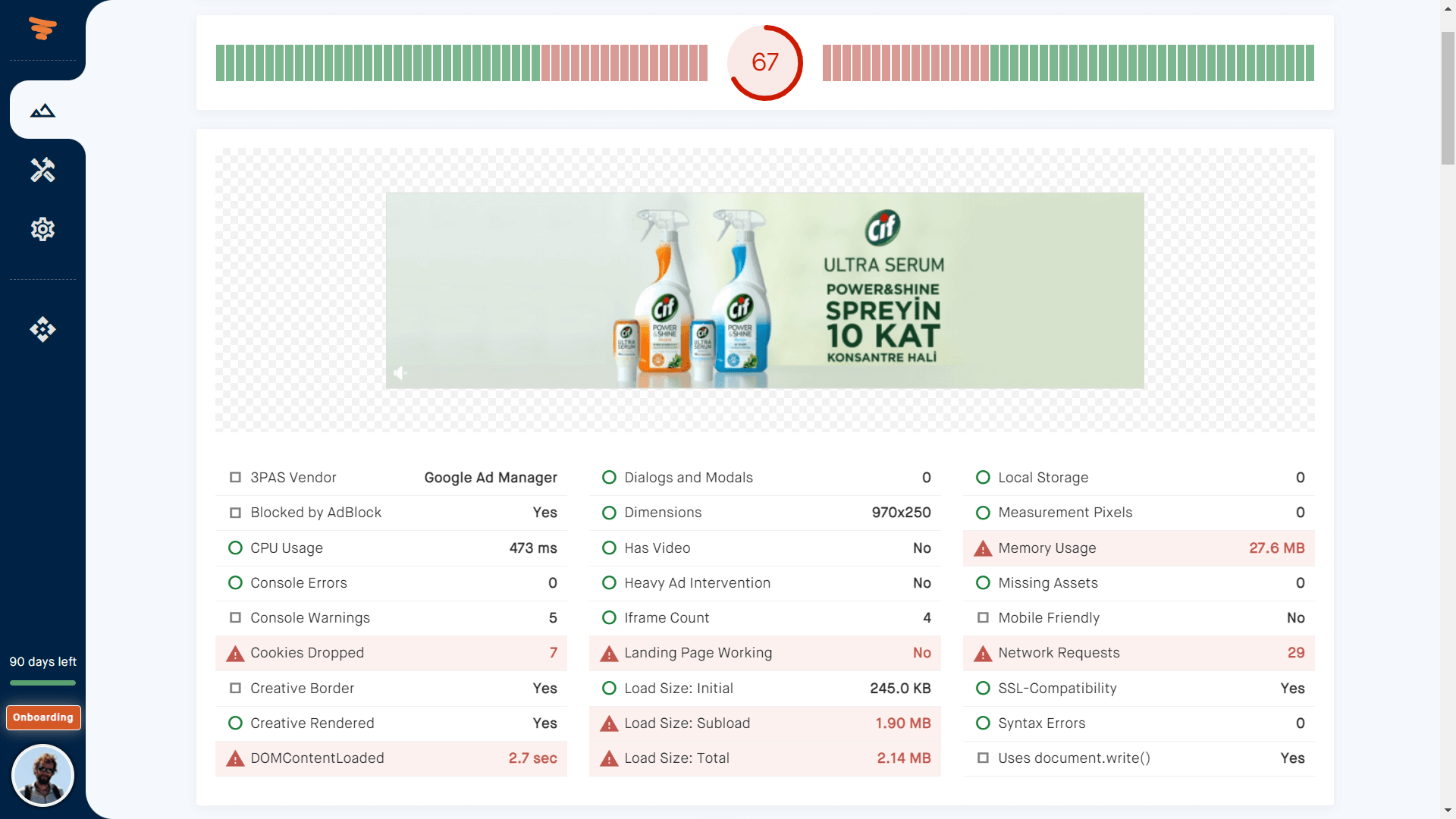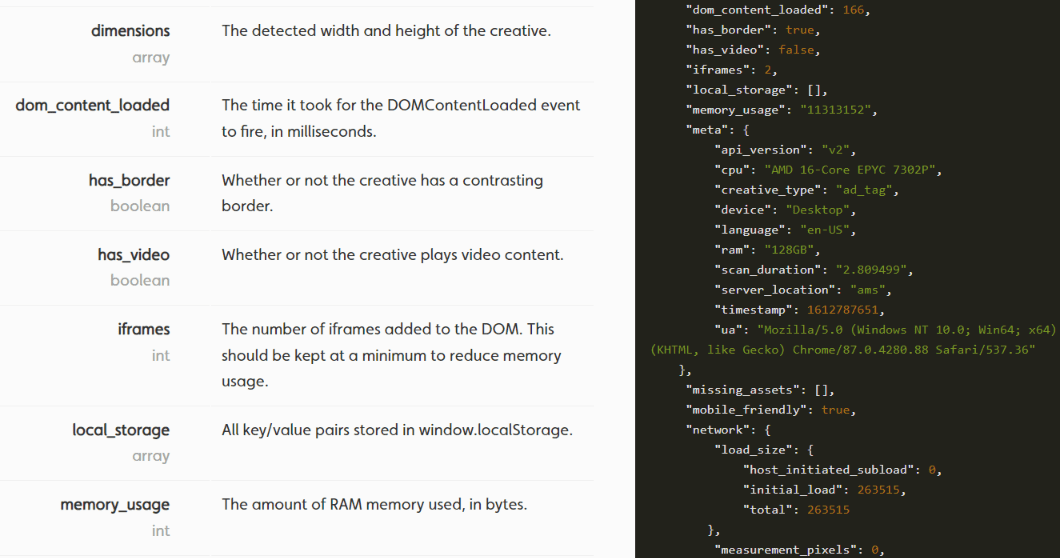Ad Validation vs Ad Verification - What's the difference?
Written by Roy
Feb 3, 2025 • 4 min read

Ad validation and ad verification are related but distinct processes used to ensure the accuracy and quality of online advertising campaigns. This article is written for ad ops professionals and HTML5 designers. I'll explain the differences and show you how to validate ads using an online tool. What is Ad Validation?Ad validation refers to the process of evaluating the technical specifications of an ad to ensure that it meets the requirements set by the ad server or platform on which it will be served. It usually involves checking the file format, file size, ad dimensions and other technical characteristics to make sure that it is compatible with the publisher's ad server and will display correctly for the intended audience. How to validate ads manually?Here are the steps you can follow to validate ads manually:
How to validate ads semi-automatically?To validate ads in a semi-automated way using an online scanner, you can use these tools:
How to validate ads using APIs?To validate ads in a fully automated way, you can use these APIs:
The API returns a JSON response with 50+ ad validation metrics like CPU usage, initial load, dimensions and many more. What is Ad Verification?Ad verification on the other hand, refers to the process of evaluating the content of an ad to ensure that it is accurate, appropriate, and compliant with industry standards and regulations. It typically involves checking the ad's content, targeting, and placement to ensure that it is not misleading or inappropriate. It also makes sure the ad is being served to the intended audience. Ad verification is commonly done by adding a verification tag from a third party vendor like MOAT or DoubleVerify. Here are the main areas that ad verification vendors covers while protection your ads:
Well established name in the ad verification industry is Double Verify. ConclusionIn summary, ad validation focuses on the technical aspects of an ad, while ad verification focuses on the content and targeting of the ad. Both processes are important for ensuring the effectiveness and quality of online ad campaigns. Online tools and scanners and used to verify and validate ads in an automated way, preventing human error while saving time. •••
Download this article as PDF?
No time to read the whole article? Download a free PDF version of this article for later: Permalink
To link to this article, please use: External ResourcesMore from AdValify.io |

